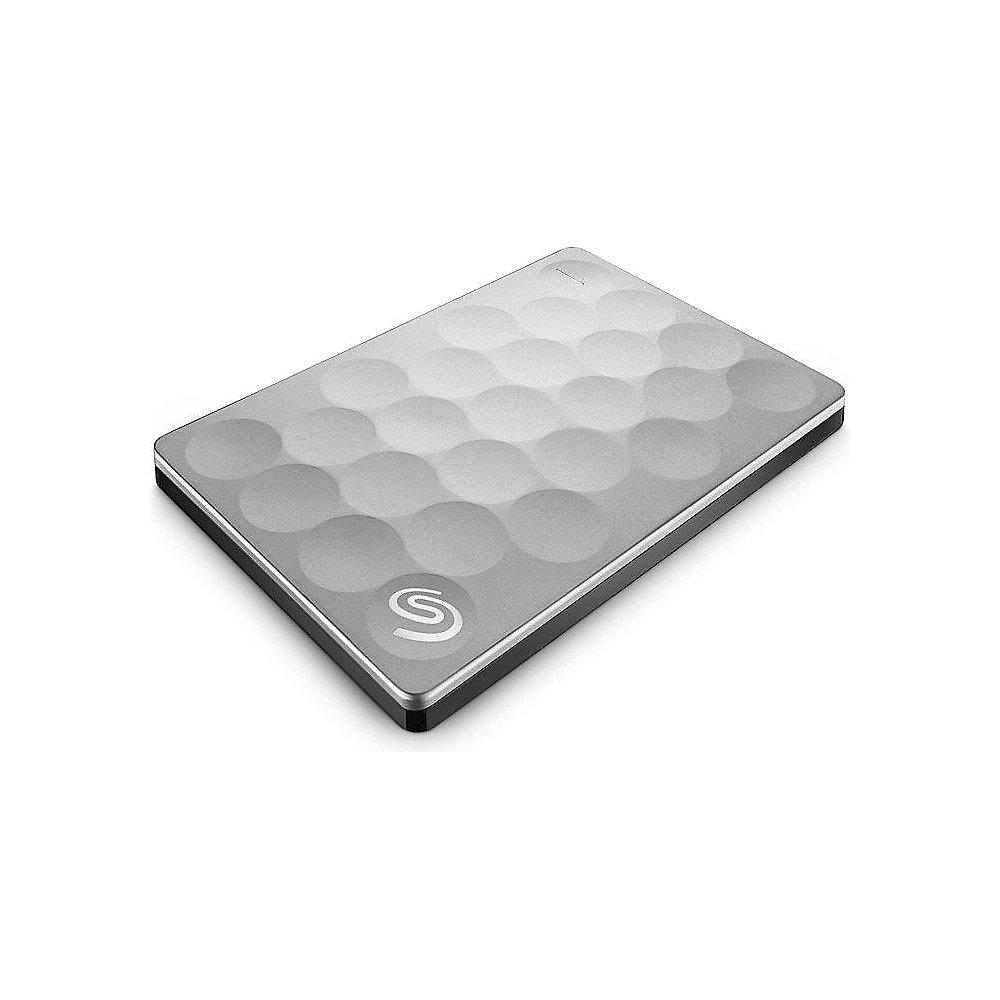

This will open a small pop-up window with a warning that erasing the drive will delete all data stored on it and that it can’t be undone. For the best result, select the disk (the highest option in the external tree). You can find this on the left-hand side of the screen under External Hard Drives.


Press Command+Space, type Disk Utility, and press Enter to open it.Most external hard drives are designed to work for Windows computers. You’ll need to use the Disk Utility built into your Mac to work with partitions. You can also make the files partition an ExFAT partition, which means you can use it with Windows PCs and practically any other device you can connect an external drive to. This will ensure your Time Machine backups don’t grow too large, so you’ll always have room for your personal files. Use one for Time Machine backups and another for your personal files. The ideal way to do this is to create separate partitions on the external drive. RELATED: What's the Difference Between APFS, Mac OS Extended (HFS+), and ExFAT? A Better Option: Create Separate Partitions for Backups and Files Time Machine will also work toward filling up the entire drive, not leaving extra room for your files. Bear in mind that Time Machine requires the drive be formatted with the Mac’s HFS+ file system, which means you won’t be able to easily access these files on Windows PCs or anything else that isn’t a Mac.


 0 kommentar(er)
0 kommentar(er)
